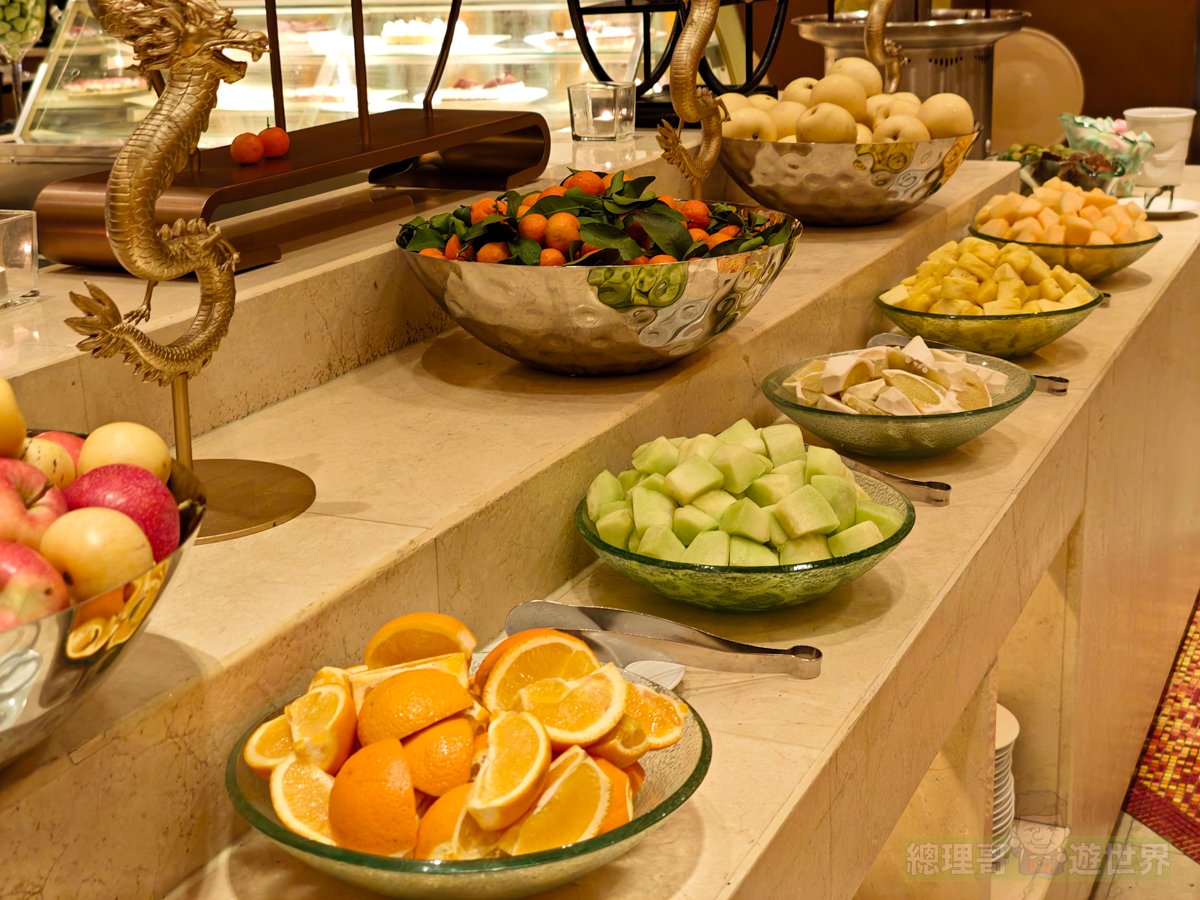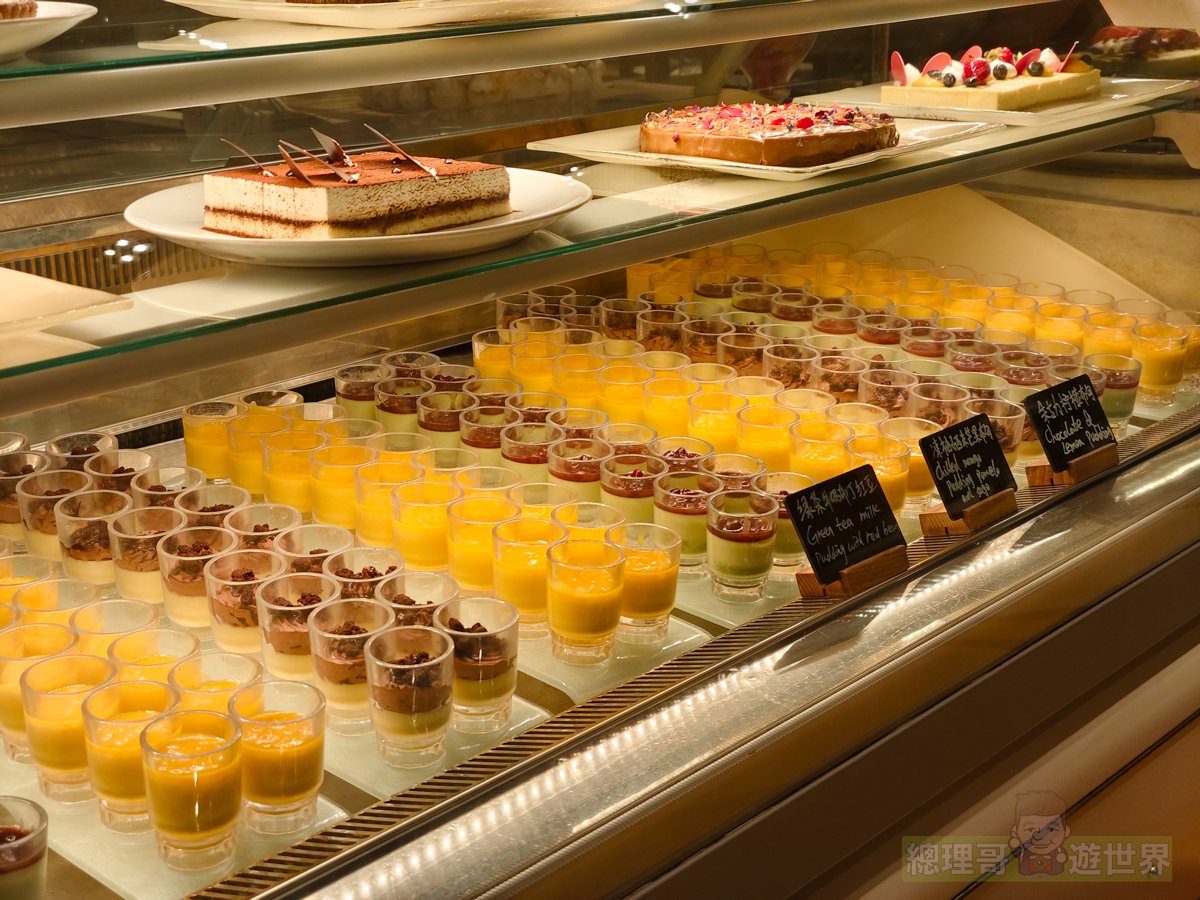Lan Feast 宴 蘭 - Connecting Your Digital Gathering
Have you ever thought about how all your gadgets, your computer, your phone, even your smart TV, manage to chat with each other in your home or office? It's almost like they're having a little party, sharing stories and snacks, all in one spot. That kind of digital get-together, where everything is close by and talking, is what we might call a "Lan Feast 宴 蘭." It's a way for your digital friends to gather and swap things, a pretty neat arrangement, in a way. This whole idea makes your daily digital life run much more smoothly, actually.
Think of it as a special kind of connection, a very cozy one, just for the devices in a single place. Whether it is your living room, a busy office floor, or a school building, a Lan Feast 宴 蘭 brings these digital pals together. It is about linking up your various pieces of equipment so they can communicate and share resources, perhaps a printer, or files, or even an internet connection. It is quite a fundamental thing for how we use our digital tools every day, you know.
So, if you have ever wondered how your laptop prints to a printer across the room without any cables, or how your family can all watch different shows on streaming services at the same time, it is probably thanks to a well-organized Lan Feast 宴 蘭. This concept is about more than just wires; it is about creating a cooperative space for your digital items. We are going to explore what makes these gatherings tick, how they are put together, and what sorts of wonderful things they let you do, just a little.
- Leaders Rpm
- Anteater Recreation Center
- Logan Arcade
- Woodridge Hollywood Blvd Movie Theater
- Fortnum And Mason Afternoon Tea
Table of Contents
- What is a Lan Feast 宴 蘭, Anyway?
- How Does a Lan Feast 宴 蘭 Come Together?
- Are There Different Kinds of Lan Feasts 宴 蘭?
- What Can You Do with a Lan Feast 宴 蘭?
- Setting Up Your Own Lan Feast 宴 蘭 – Is it Hard?
What is a Lan Feast 宴 蘭, Anyway?
A Lan Feast 宴 蘭, in simple terms, is a group of digital gadgets linked up in one physical spot. Think of it like a gathering of friends in a single room, or a whole family under one roof. These connections might be in a home, a business place, or even a school building. The main idea is that all the digital items are close to each other, sharing a common space. It's really about creating a local hub for all your electronics, so they can talk to each other without needing to go out to the wider internet, you know. This kind of arrangement makes things like printing documents or sharing photos between devices much, much simpler. It's a pretty handy setup for keeping things organized and running smoothly within a specific area, basically.
This digital get-together can be on the smaller side, like just a few computers in a home, or it can be a much bigger affair, bringing together many more devices across a larger space within that one location. The size can change quite a bit, from a simple setup with just a couple of machines to a more involved arrangement with many more pieces of equipment. So, in some respects, it is a flexible sort of gathering, able to fit different needs. The main point is that it keeps things contained and connected in a particular area, which is pretty useful for most folks, as a matter of fact.
The whole purpose of a Lan Feast 宴 蘭 is to let these linked devices chat and share things. Imagine you have a single printer, but everyone in the house needs to print. A Lan Feast 宴 蘭 lets all those computers send their print jobs to that one machine, saving you from needing a printer for every single computer. Or, if you have some files on one computer that someone else on another computer needs, they can get to them without having to use a USB stick or email them back and forth. It is about making things convenient and allowing digital items to work together, which is pretty much the core idea of this kind of connection, you know.
The Heart of Your Lan Feast 宴 蘭
Every good Lan Feast 宴 蘭 has a few key pieces that make it all work. Think of these as the main tables and serving dishes that allow everyone to enjoy the gathering. At the center, you often find something like a "switch" or a "router." These are the main organizers of the feast, making sure all the digital conversations go to the right place. A switch is like a very polite server, directing each digital message to its intended recipient. A router, on the other hand, is more like the host who not only directs traffic within the feast but also helps connect the feast to the outside world, like the internet, for example. Without these central figures, the feast would be a bit of a mess, with everyone trying to talk at once, you know.
Then there are the ways these digital guests connect to the main table. Some might use physical cables, like the sturdy pathways that lead to each seat. These cables provide a very reliable way for information to travel, almost like a direct line. Other guests might connect without any wires, using signals that float through the air. This is like having digital conversations from anywhere in the room, without being tied down. These wireless connections use what are sometimes called "access points," which are like special microphones that pick up and send out the digital chatter. So, you have a mix of wired and unwired ways to join the Lan Feast 宴 蘭, giving you options for how your devices participate, which is pretty handy, really.
Each device that joins the Lan Feast 宴 蘭, be it a computer, a printer, a server, or a smart device, is a guest at this digital party. They all have their own roles, but they rely on the main organizing pieces and the connections to communicate. It is a system where every part plays a role in keeping the digital conversations flowing and the sharing possible. The better these pieces work together, the smoother your Lan Feast 宴 蘭 will run, allowing for a truly enjoyable experience for all your connected items, so to speak. It's a bit like a well-oiled machine, where every cog turns just right, making the whole operation hum along, in a way.
How Does a Lan Feast 宴 蘭 Come Together?
The whole point of a Lan Feast 宴 蘭 coming together is to create a space where digital items can communicate and share what they have. Imagine a group of people at a party, all able to talk to each other and pass around food or drinks. That's what happens with your devices. They are set up to send messages back and forth, whether it is a simple command to print a page or a complex set of data for a video call. This ability to talk to one another is what makes the Lan Feast 宴 蘭 so useful. Without it, every device would be on its own, unable to truly cooperate, which would be pretty limiting, you know.
Beyond just talking, the Lan Feast 宴 蘭 also lets devices share resources. This is a big deal, actually. Instead of every computer needing its own printer, they can all share one. Instead of every person needing their own copy of a file, they can all access a single version stored on a shared computer or storage device. This sharing saves money, makes things more efficient, and cuts down on wasted effort. It is like having a central pantry where everyone can get what they need, rather than each person having to bring their own supplies. This sharing of digital goodies is a core benefit of setting up a Lan Feast 宴 蘭, making your digital life much more convenient, in fact.
The way this communication and sharing happens is through a set of rules and pathways. The devices know how to send information to each other because they follow certain agreed-upon methods. These methods ensure that a message from your phone meant for your smart speaker does not end up at your computer instead. It is a bit like having a clear set of directions for everyone at the feast, so no one gets lost or sends their message to the wrong person. This organized system is what keeps the Lan Feast 宴 蘭 running smoothly and helps prevent digital mix-ups, which is pretty important for a good experience, obviously.
Getting Your Lan Feast 宴 蘭 Ready
Getting your Lan Feast 宴 蘭 ready involves picking out the right pieces and putting them in place. For a home, this might mean a wireless router that acts as the main hub, letting your phones, tablets, and computers connect without wires. For a business, it might involve more structured cabling, with wires running through walls to connect desktop computers, servers, and printers. The choice depends on how many guests you expect at your feast and how they prefer to connect, you know. It's about planning the layout of your digital party so everyone has a good spot and can easily reach the refreshments, so to speak.
Part of getting ready is also thinking about where everything will sit. Will your main connecting device be in a central spot, so its wireless signals can reach all corners of your home? Will your wired connections run neatly to each computer? These physical arrangements matter a lot for how well your Lan Feast 宴 蘭 performs. A well-thought-out setup can make a big difference in how fast things communicate and how reliable your connections are. It is like setting up the tables and chairs for a real feast; good placement makes for a much more enjoyable time for everyone involved, pretty much.
You also need to think about the digital "invitations" for your devices. This often involves setting up names and passwords for your wireless connections, making sure only your invited guests can join the Lan Feast 宴 蘭. For wired connections, it is more about plugging things in correctly. The goal is to make sure every device can find its way to the main connection point and start communicating. It is about laying the groundwork for all your digital items to mingle and share, ensuring a smooth start to your gathering, as a matter of fact. So, with a little bit of planning, your Lan Feast 宴 蘭 can be up and running with ease.
Are There Different Kinds of Lan Feasts 宴 蘭?
Just like there are many kinds of real-world gatherings, from a small family dinner to a large community event, there are different kinds of Lan Feasts 宴 蘭. Some are set up with wires, where every device has a physical cable connecting it to the main hub. This is often seen in offices or places where a very stable and fast connection is needed. It's like having designated seats at a formal dinner, where everyone has a clear path to the table. These wired setups are known for their steady performance and less interference, which is pretty good for things that need a lot of data moving around, you know.
Then there are wireless Lan Feasts 宴 蘭, which are much more common in homes today. Here, devices connect using radio signals, without any physical cables running between them and the main connection point. This offers a lot of freedom, letting you move your laptop or phone around while staying connected. It's like a more casual party where guests can mingle freely, moving from one conversation to another without being tied down. While they offer great flexibility, wireless connections can sometimes be affected by things like walls or other signals, making them a bit less predictable than their wired counterparts, but still very popular, obviously.
Beyond wired and wireless, there are also different ways the devices interact with each other. Some Lan Feasts 宴 蘭 are "peer-to-peer," meaning every device can talk directly to every other device, like a group of friends where everyone is equally able to start a conversation. Others are "client-server," where some devices (clients) ask for things from a central, more powerful device (server), which then provides the information or service. This is like having a main host at a party who serves everyone, rather than everyone serving themselves. Each type has its own benefits and is chosen based on the needs of the gathering, in a way.
Laying Out the Lan Feast 宴 蘭 Tables
The way the "tables" are laid out at a Lan Feast 宴 蘭 is called its "topology." This refers to the physical or logical arrangement of how devices are connected. One common layout is the "star" arrangement. Imagine a central table, and all the smaller tables for guests are arranged around it, with each guest table having a direct path to the center. In a star topology, every device connects directly to a central hub, like a switch. If one device's connection breaks, it usually does not affect the others, which is pretty good for keeping things running smoothly, you know.
Another way to lay out the tables is a "bus" arrangement. Think of a long, single table, and all the guests sit along it, sharing the same path for communication. In this setup, all devices are connected to one main cable. Information travels along this cable, and each device checks to see if the message is for them. If that main cable breaks, the whole feast might come to a halt, which is a bit of a drawback. This kind of layout is less common now but was used a lot in earlier days, as a matter of fact.
Then there is the "ring" layout, where devices are connected in a circle, and messages pass from one device to the next around the loop until they reach their destination. It is like passing a message around a circular table. If one connection in the ring breaks, the message might not be able to complete its journey, which can cause problems for the whole feast. Each of these layouts has its own set of things to consider, like how easy it is to add new guests or what happens if a connection goes down. The choice of layout for your Lan Feast 宴 蘭 depends on what you need most: simplicity, reliability, or speed, pretty much.
What Can You Do with a Lan Feast 宴 蘭?
With a Lan Feast 宴 蘭 in place, you can do a whole lot of cool things that make digital life easier and more fun. One of the big ones is sharing files. Instead of emailing documents to yourself or using cloud storage for everything, you can have files stored on one computer or a network storage device, and everyone connected to the Lan Feast 宴 蘭 can get to them. This is super handy for families sharing photos or for teams at work collaborating on projects. It is like having a shared library of digital items that everyone can access quickly, which

15 recipes for the ultimate Moon Festival feast

澳門龍蝦、螃蟹、海鮮 Buffet 4小時隨你吃!澳門倫敦人 - 盛宴 Feast 惹味敲海鮮盛宴 - 傳說中的挨踢部門

澳門龍蝦、螃蟹、海鮮 Buffet 4小時隨你吃!澳門倫敦人 - 盛宴 Feast 惹味敲海鮮盛宴 - 傳說中的挨踢部門